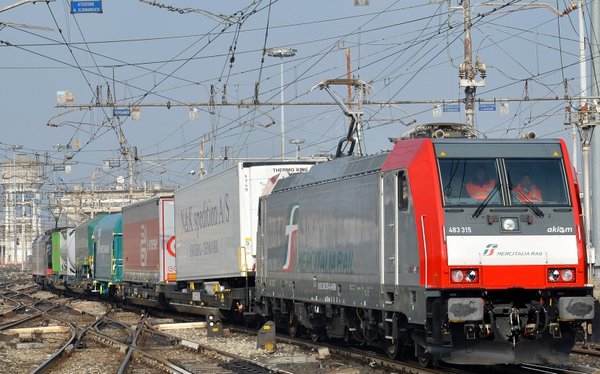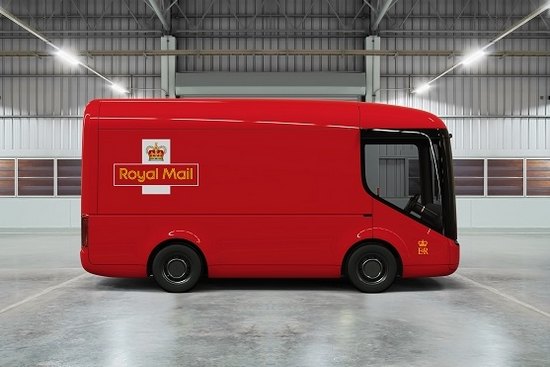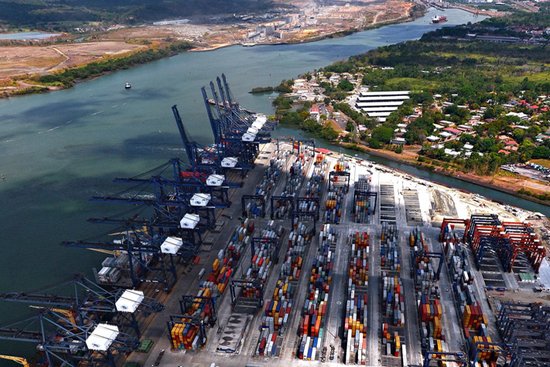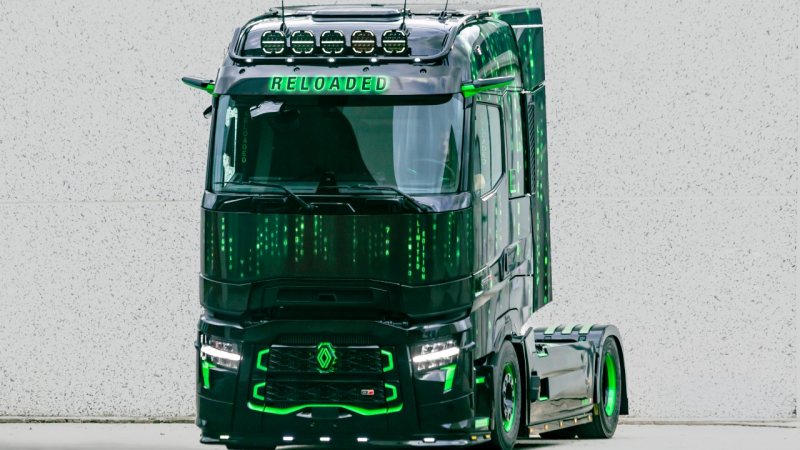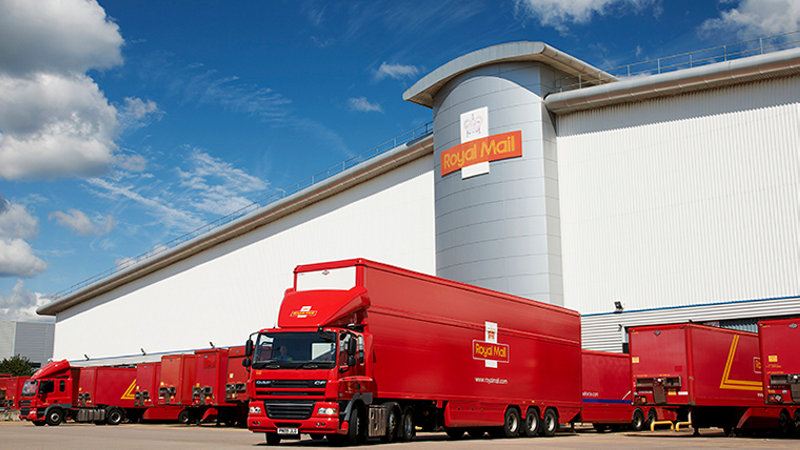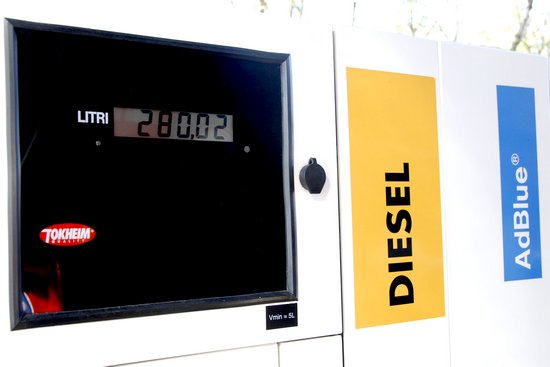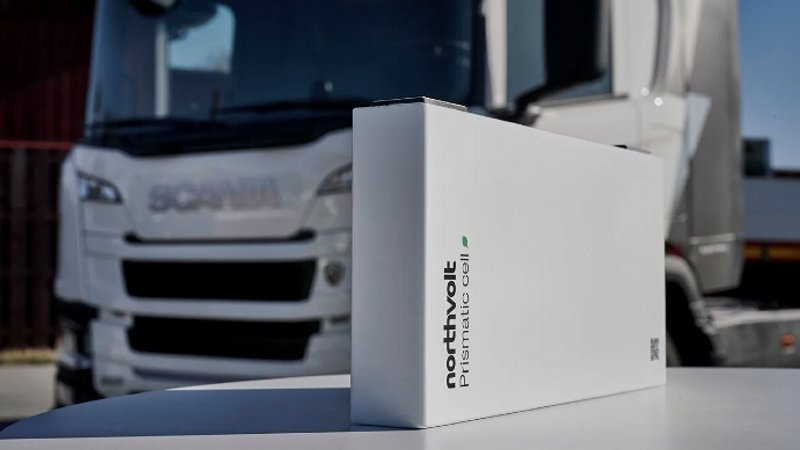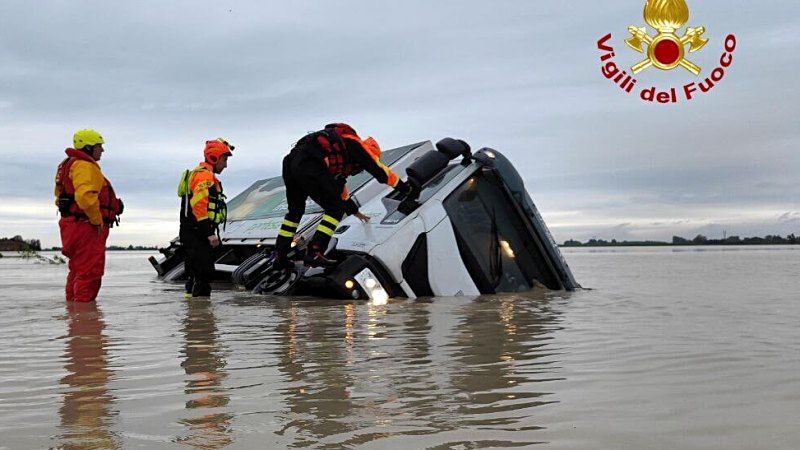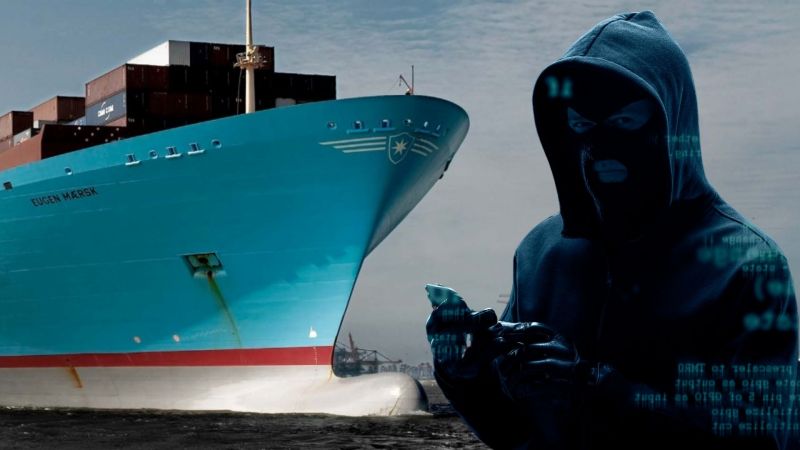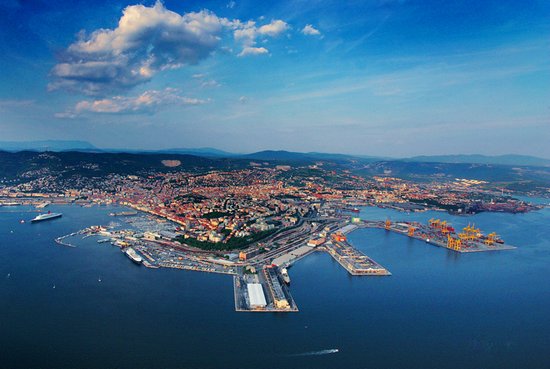Progress is being made, but at a slow pace: this appears to be the outlook for the operational opening of the Terzo Valico dei Giovi, and more broadly, the entire rail corridor between Genoa and Milan. Work continues, along with planning, but with as many uncertainties as there are advancements. RFI itself has confirmed the revised and updated schedule in an extensive statement sent to the internet editorial team of Primocanale.it, a website described as “The Ligurian portal.” The statement from the network operator was in response to a commentary also published on Primocanale.it by Maurizio Rossi, a former member of the Senate's Transport Committee during the 2013-2018 term, directed specifically at Vincenzo Macello, Deputy General Manager of RFI Operations and Special Commissioner for the Terzo Valico/Genoa Node.
Starting with the Terzo Valico, the goal for completion remains set at 2026, but with two key clarifications: this is the date for the conclusion of all infrastructure work, after which a phase of testing, trials, and pre-operation will begin. Although RFI does not explicitly state it, it is estimated that at least another year will be required before the line is fully operational. Moreover—and this is the second important detail contained in RFI's statement, confirming what had long been speculated—initial operations will take place on a single track, with all the associated limitations, pending the completion of the remaining work, the timeline for which remains uncertain. Furthermore, the operational model is yet to be defined and is deferred to 2027: only then will it be possible to gauge the full capacity of the line across different types of trains.
Moving beyond the Terzo Valico towards Milan, the outlook appears rather uncertain. The planned quadrupling of the line between Milan Rogoredo and Pavia, expected in two phases, currently appears feasible only for the first section—just 11 kilometres to Pieve Emanuele—which is fully funded and under construction at a cost of almost €190 million. RFI claims that work will be completed by 2026, in line with the objectives of the PNRR, but at present, the construction sites are at the level of preliminary works. Additionally, the benefits of such a short extension will be limited, only favouring suburban passenger services.
For the second phase, the Pieve Emanuele to Pavia section, RFI notes that “the authorisation process is underway, along with efforts to secure financial backing for the entire project, enabling the publication of the tender.” As one might expect, this phase is still in the forecast stage, awaiting all the pieces to fall into place. However, it is only once the full quadrupling of the Milan Rogoredo-Pavia route is complete that an increase in service offerings across all train types will be possible.
For the addition of two new tracks between Tortona and Voghera, only €20 million is currently available, earmarked for design work, which has already begun. By the end of 2024, the conference of services is expected to be convened, while the completion of the authorisation process and approval of the project is targeted for the summer of 2025. In contrast, the €104 million works to upgrade the Tortona node as the northern outlet of the Terzo Valico are progressing well and are expected to be completed by 2026.
Prospects for the crucial central section of the Milan-Genoa line, represented by the new double-track section between Pavia and Voghera, remain uncertain. RFI reports that “the drafting of the feasibility document for alternative designs is underway.” Needless to say, any timeline for this section remains speculative at best.
Piermario Curti Sacchi



